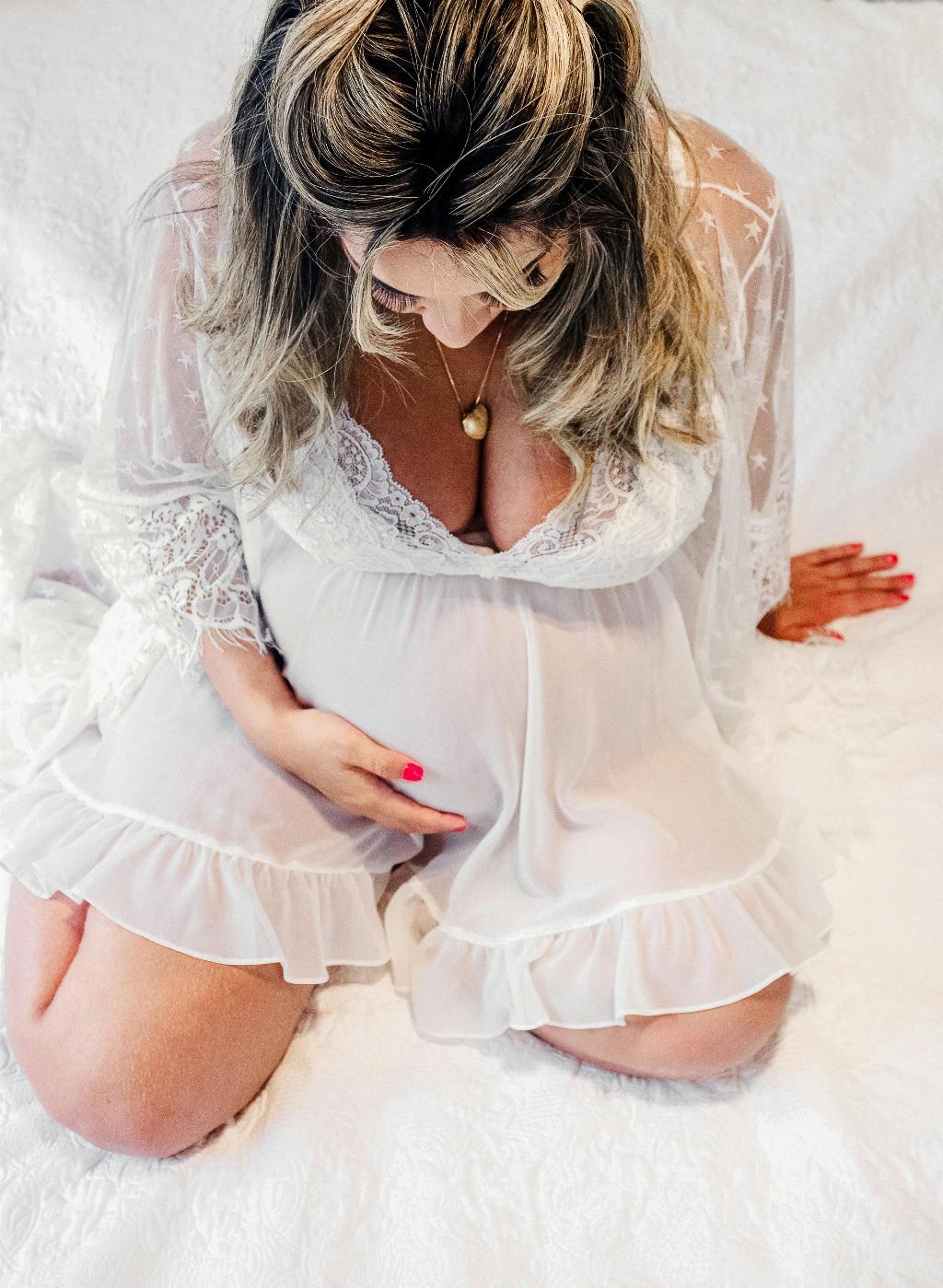During pregnancy, the body undergoes numerous changes to accommodate the growing baby. One such change that women may observe is the transformation of the umbilicus, also known as the belly button. This change is primarily due to the expansion of the uterus as the baby develops inside the womb.
As the pregnancy progresses, particularly during the second trimester, the uterus enlarges and exerts pressure on the abdominal wall. This increased pressure can cause the belly button to change its appearance. Women may notice that their belly button becomes flatter or more stretched out compared to its pre-pregnancy state.
In addition to appearing flatter, the belly button may also become shallower for some women. This change in depth is a result of the stretching of the skin around the umbilicus due to the expanding uterus. The skin in this area may feel tight and sensitive as it adjusts to accommodate the growing baby.
It is essential to note that the changes in the umbilicus during pregnancy are entirely normal and occur due to the natural processes of pregnancy. Every woman’s body reacts differently to the physical demands of carrying a baby, so the extent of changes to the belly button can vary from person to person.
Some women may find that their belly button returns to its pre-pregnancy appearance after giving birth, while others may notice permanent changes. Factors such as genetics, the size of the baby, and the mother’s body composition can influence how the umbilicus looks postpartum.
While the changes in the belly button during pregnancy are generally harmless, it is essential for expectant mothers to monitor any unusual symptoms or discomfort in the area. Swelling, redness, pain, or discharge from the umbilicus should be promptly reported to a healthcare provider for further evaluation.
Maintaining good skin hygiene during pregnancy can help prevent skin irritations around the belly button. Keeping the area clean and dry, wearing loose-fitting clothing, and using mild, fragrance-free skincare products can aid in reducing any potential skin issues.
Staying well-hydrated and following a balanced diet rich in essential nutrients can also support skin health during pregnancy. Proper hydration and nutrition are crucial for overall well-being, and they play a role in promoting healthy skin elasticity and regeneration.
For some women, the changes in the belly button during pregnancy can be a source of curiosity or concern. Sharing experiences with other expectant mothers, discussing concerns with healthcare providers, and seeking reassurance from trusted sources can help alleviate worries and provide valuable information.
Remember that pregnancy is a unique and transformative journey for every woman, filled with physical and emotional changes. Embracing the shifts in your body, including those affecting the umbilicus, as part of the miraculous process of growing new life can foster a sense of empowerment and appreciation for the female body’s remarkable abilities.
In conclusion, the umbilicus undergoes visible changes during pregnancy due to the expansion of the uterus and the stretching of the abdominal wall. These changes are a natural part of the pregnancy experience and vary from woman to woman. Monitoring any unusual symptoms and practicing good skin care can help support the health and well-being of the belly button during this transformative time.

